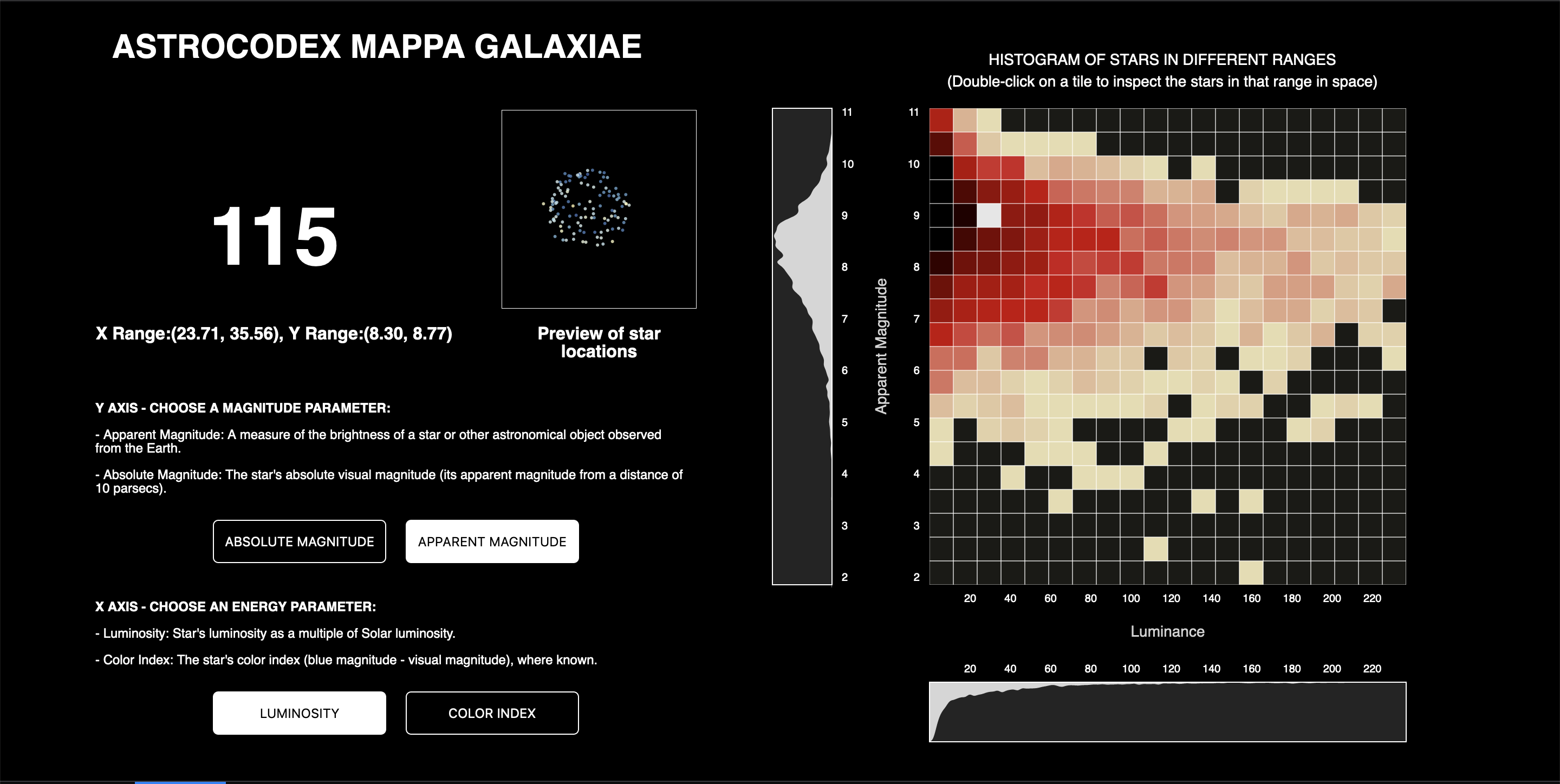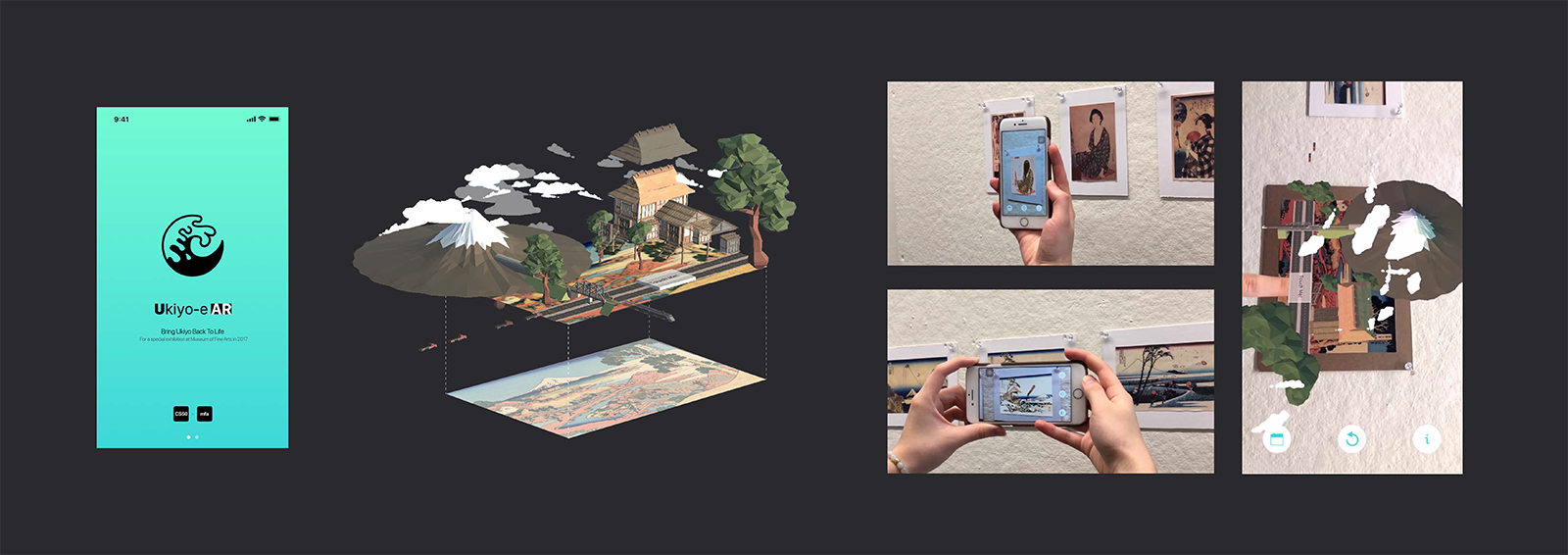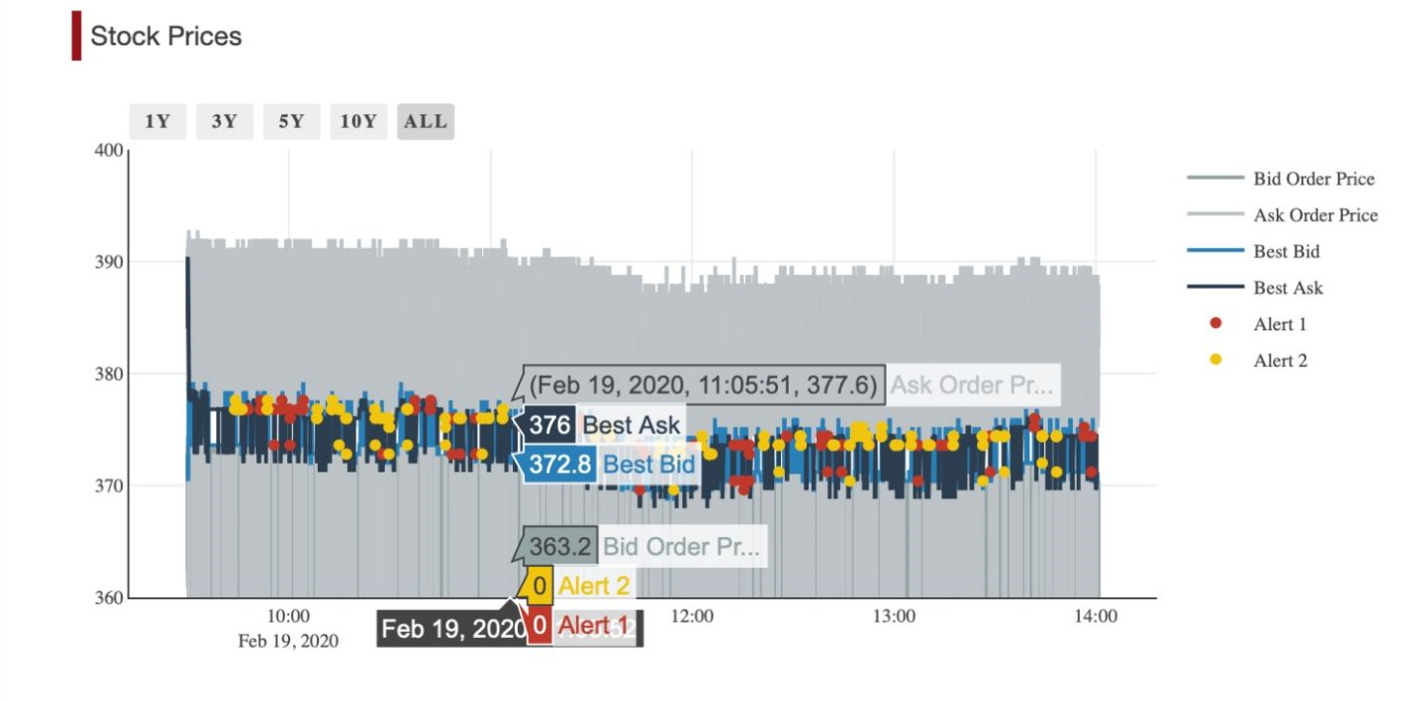Sitemap
A list of all the posts and pages found on the site. For you robots out there is an XML version available for digesting as well.
Pages
About
Archive Layout with Content
Posts by Category
Posts by Collection
CV
Markdown
Page not in menu
Page Archive
PROJECTS
PUBLICATIONS
Sitemap
Posts by Tags
Talk map
Talks and presentations
TEACHING
Terms and Privacy Policy
Blog posts
Jupyter notebook markdown generator
Posts
Future Blog Post
Published:
This post will show up by default. To disable scheduling of future posts, edit config.yml and set future: false.
Blog Post number 4
Published:
This is a sample blog post. Lorem ipsum I can’t remember the rest of lorem ipsum and don’t have an internet connection right now. Testing testing testing this blog post. Blog posts are cool.
Blog Post number 3
Published:
This is a sample blog post. Lorem ipsum I can’t remember the rest of lorem ipsum and don’t have an internet connection right now. Testing testing testing this blog post. Blog posts are cool.
Blog Post number 2
Published:
This is a sample blog post. Lorem ipsum I can’t remember the rest of lorem ipsum and don’t have an internet connection right now. Testing testing testing this blog post. Blog posts are cool.
Blog Post number 1
Published:
This is a sample blog post. Lorem ipsum I can’t remember the rest of lorem ipsum and don’t have an internet connection right now. Testing testing testing this blog post. Blog posts are cool.
portfolio
Prism XR - A Curated Exhibition Experience in Virtual Reality with Peer Annotation Features and Virtual Guides for Art and Archaeology Classes
Research Project for Gatech CS 6460 Educational Technology, 2024
Built with Unity3D, OpenXR, and 3D Assets from AK Studio Art
The Prism XR project is a curated exhibition experience in virtual reality (VR) for art and archaeology education with features designed for the enhancement of interactivity and collaborative learning. The project integrates peer annotations and a virtual exhibition guide to augment educational experiences. The peer annotation features are intended for facilitating visitor critiques and comments pivotal in fostering a dialog between the curator and the audience and a dialogue between the visitors in art and archaeology education, which are demonstrated to have positive impacts on the learning motivations and learning outcomes. The virtual exhibition guide is intended to address the issue of isolation in the virtual exhibition space and to increase interactivity in the virtual curatorial experiences.
Paper (arXiv) Demo Video Project Repo

Astrodex - an Interactive Visualized Codex of Celestial Bodies
Collaboration with Ruijun Liu, 2020
Built with D3.js, Aladin Lite API, and HYG 1.1 Dataset
This project aims at creating a visualized CODEX for stars that are documented in the HYG Celestial Body Dataset. On one hand, it visualizes the distribution of non-spatial features of stars, which offers a way for the audience to explore stars by shared qualities. On the other hand, it also provides the user with the opportunity to explore these selected stars in space, showing them a spatial layout and also real telescopic snapshots taken from Aladin Lite API.
Demo Video Project Link Project Repo

Swarmalators - Visualization and Barnes-Hut Approximation
Collaboration with Michael Yue and Benton Liang, 2020
Visualization implemented with React and D3.js.
Barnes Hut Approximation with parallelization implemented in C++ with OpenMP and MPI
This project is a study explores the visualization and parallelization of the ‘Swarmalator’ model for swarming-synchronizing system simulation as discussed in K. O’Keeffe and C. Bettstetter (2019), ‘A review of swarmalators and their potential in bio-inspired computing’. The study includes a frontend implemented in D3.js and React for storytelling and studies on the performance of parallelized implementation of both a naive pairwise algorithm and a Barnes-Hut approximation on the model. Both algorithms are implemented in C++ and parallelized with OpenMP and MPI hybrid models. Performance evaluated on AWS MPI cluster of t2.2xlarge EC2 instances.
Visualization/Storyboard Project Link Project Repo

Ukiyo-e AR - An Interactive AR App for Modern Reinterpreation of Tradition Art
Collaboration with Minzi Long, 2018
AR image recognition, 2D/3D media overlay, and interactions built in Unity3D using Vuforia SDK. iOS UI and application built in Xcode.
Ukiyo-e AR is a mobile app for interactive information display in augmented reality that allows you to scan and access a collection of Ukiyo-e re-creation by contemporary artists. The displayed information is a collection of Unity game objects projected on Vuforia image targets. The 2D art pieces used in this application are credited to Japanese artist Segawa Thirty-seven, Singapore illustrator Sokkuan Tye. The 3D art used in this application is created by Minzi and Huopu.

A Python MMLA library for Kinect Analytics used for AR Collaboration Studies
Mentors: Prof. Bertrand Schneider and Iulian Radu, Harvard Graduate School of Education, 2019
This is part of a Python Multimodal Learning Analytics (MMLA) library developed to capture and process learning processes in a series of experiments at the Harvard Learning Innovation and Technology Lab. My work in this library was focused on the development of a Microsoft Kinect sensor data processing functionalities for an AR-assisted learning experiment for Physics. I also implemented methods for parallelizing data cleansing, transformation, and clustering procedures to optimize efficiency, which achieved a substantial reduction in processing time, contributing to the creation of a scalable and robust library for analyzing sensor data from human subjects engaged in AR learning experiments.

portfolio_short
A Visualized Spoofing Detector On a Boosted Tree Model
MIT Fintech Challenge Hackathon 2020, 1st Place
Collaboration with Jerry Shu, Alikhan Nurlanuly Yerlan Sharipov, 2020
This project consists of a boosted Tree model trained on a 2 million dataset to predict three types of spoofing activities in the stock market and a UI that visualizes the suspicious activities on the bid and ask timestamps. The model was trained using the Xgboost package and the imbalanced raw dataset was rebalanced using stratified bootstrapping. The model achieved an overall f1-score of 0.82 for unseen data.

publications
A Dialogue between the Local and the Global
H. Zhang, Shanghai Regeneration: Five Paradigms, 2017
Cities, as extensive entities that comprise a large amount of parts of varied scales and diverse natures, when viewed through scopes of different dimensions, provide us with different focal points into the matters of urban momentum and the socioeconomics factors that lie beneath them. All these various scopes can actually constitute a continuous spectrum of views that are related to all layers of the elements and issues of interest within a city, and, in return, each of them can be taken from such a spectrum to address a certain subject that is best represented in such a scale. In particular, when looking in to the case of the Biyun neighborhoods in relation to their context, there are two scopes that stand far from each other on the spectrum that are highly representative and useful - the city as a whole, which is equivalent here to the city of Shanghai, and the scale of a building block, which can be any one of the blocks lying within the boundary of Biyun.
Lattice Wall
H. Zhang, Brick: Thick/Thin, 2017
Lattice Wall explores a construction methodology used in traditional masonry construction. This methodology uses bricks as stacked frame-like elements that are then filled to provide static integrity. The project began as an exploration into an unorthodox technique of laying bricks that creates varying internal spaces and pockets within the wall, especially under a gravitation-free circumstance. The wall gradually deconstructs the brick’s inherent materiality as it shifts from solid to void.
Pinacoteca do Estado de São Paulo: The Allegorical Shift in Polarity, Frontality and The Inner Body of a Renovation Project
H. Zhang, Oblique: Critical Conservation (OBL/QUE) Vol. 2, 2018
In 1940, Walter Benjamin wrote in his essay Über den Begriff der Geschichte about his impression of the Angel of History, whose face is turned towards the past and who sees one single catastrophe where we see the appearance of a chain of events. With such a notion, Benjamin not only conveys to us his idea of the irresistible force of progression, but also provides us with an angle on history that is unlike the one most of us are familiar with. Instead of viewing history as linear, as scholars in the classical model of historicism do, Benjamin’s perspective is shifted ninety degrees from the classical viewing plane. In so doing, he shows that what we see in history can be rendered as something else. Moreover, the very move of shifting the viewing angle is itself allegorical.
Prism XR - A Curated Exhibition Experience in Virtual Reality with Peer Annotation Features and Virtual Guides for Art and Archaeology Classes
H. Zhang, arXiv, 2024
The Prism XR project is a curated exhibition experience in virtual reality (VR) for art and archaeology education with features designed for the enhancement of interactivity and collaborative learning. The project integrates peer annotations and a virtual exhibition guide to augment educational experiences. The peer annotation features are intended for facilitating visitor critiques and comments pivotal in fostering a dialog between the curator and the audience and a dialogue between the visitors in art and archaeology education, which are demonstrated to have positive impacts on the learning motivations and learning outcomes. The virtual exhibition guide is intended to address the issue of isolation in the virtual exhibition space and to increase interactivity in the virtual curatorial experiences.
talks
Talk 1 on Relevant Topic in Your Field
Published:
This is a description of your talk, which is a markdown files that can be all markdown-ified like any other post. Yay markdown!
Tutorial 1 on Relevant Topic in Your Field
Published:
Talk 2 on Relevant Topic in Your Field
Published:
Conference Proceeding talk 3 on Relevant Topic in Your Field
Published:
This is a description of your conference proceedings talk, note the different field in type. You can put anything in this field.
teaching
ANTHRO 1250: The Pyramids of Giza: Technology, Archaeology, History (2018 Fall)
Teaching Fellow, Harvard University, Department of Anthropology, 2018
As a teaching fellow for Harvard ANTHRO 1250, I assisted Prof. Peter der Manuelian in teaching Harvard students 3D modeling of Egyptian mastabas using a cloud-based 3D modeling platform developed by Dassault Systèmes 3D Experience Lab. My role involved providing technical support, developing course materials, and facilitating discussions on topics such as the authenticity of digital reconstructions, the ethics of virtual repatriation, and curation of virtual exhibitions.
ANTHRO 1250: The Pyramids of Giza: Technology, Archaeology, History (2019 Fall)
Teaching Fellow, Harvard University, Department of Anthropology, 2019
As a teaching fellow Harvard ANTHRO 1250, I assisted Prof. Peter der Manuelian in teaching Harvard students 3D modeling of Egyptian mastabas using a cloud-based 3D modeling platform developed by Dassault Systèmes 3D Experience Lab. My role involved providing technical support, developing course materials, and facilitating discussions on topics such as the authenticity of digital reconstructions, the ethics of virtual repatriation, and curation of virtual exhibitions.
CS 50: Introduction to Computer Science (2019 Fall)
Teaching Assistant, Harvard University, Harvard College, 2019
As a teaching assistant for Harvard CS 50, I assisted Prof. David Malan in delivering an effective and supportive learning experience to students in one of the most rigorous introductory computer science courses. My responsibilities included conducting review sessions, holding office hours, and assisting with grading and feedback to ensure students grasped various programming concepts and problem-solving techniques.
